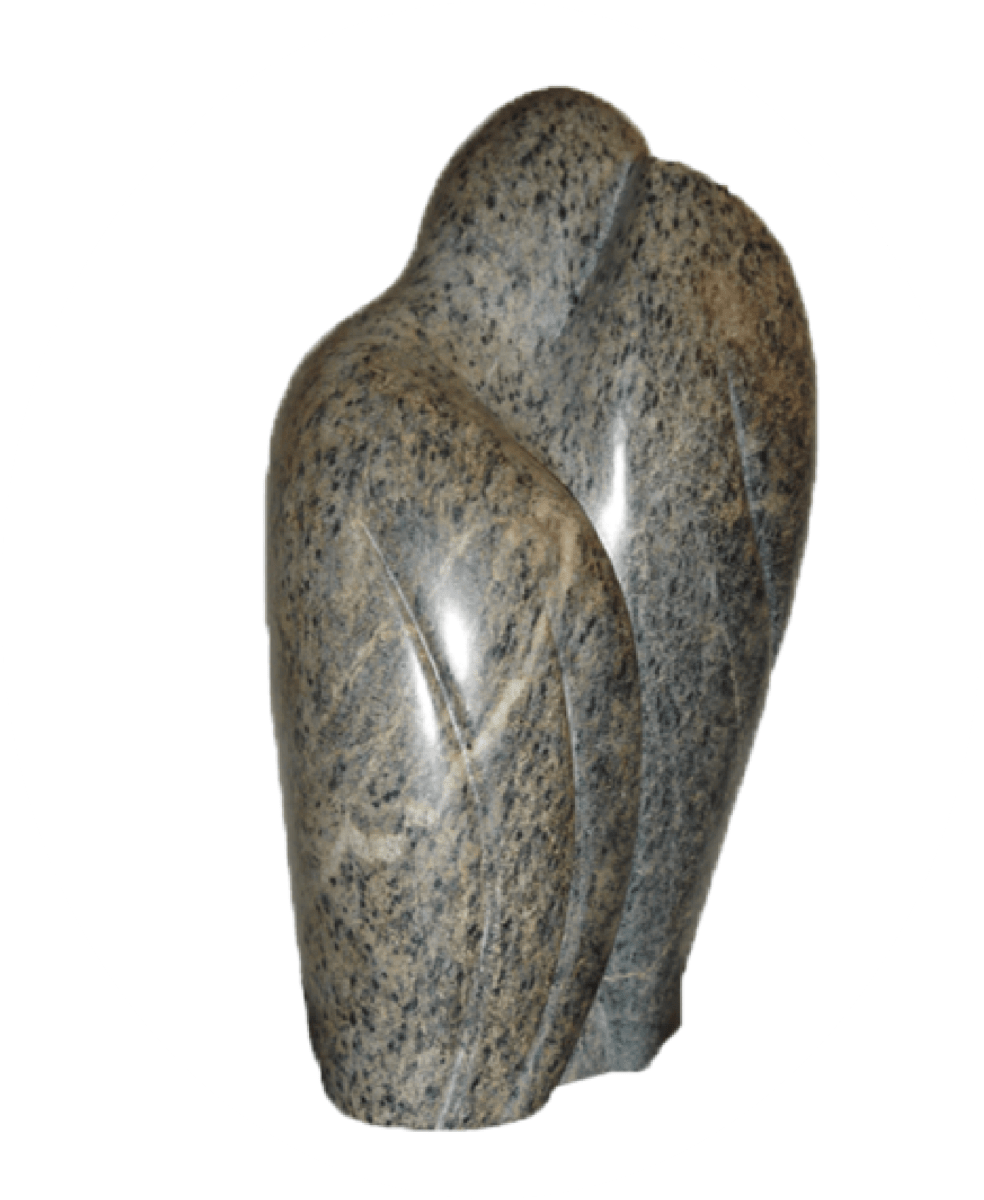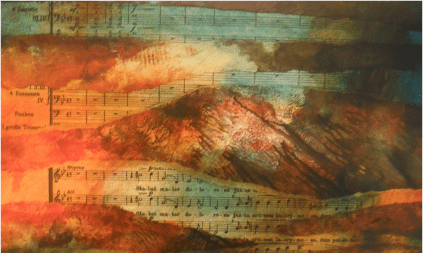José de Nebra
About the composer
José de Nebra was born in Calatayud, Zaragoza, in Spain in 1702. At the age of sixteen he started his career as an organist, from 1724 at the Capilla Real in Madrid. In 1749 he became the main organist and in 1751 its vicemaestro. He lived under the reign of three emperors, so he had to adept to musical tastes and wishes of all of them. Starting to compose around the age of 30, he at first composed mainly works for the theatre, but the last 20 years of his life were dedicated almost completely to sacred works. In his last years he was charged with the education of the infante don Gabriel, so he had to write pieces for keyboard with which the prince could study, and his output in sacred works was reduced. He died in 1768.
About the Stabat Mater
| Date: | 1752 |
| Performers: | 2 Sopranos, Alto, Tenor and Orchestra |
| Length: | 11.59 minutes |
| Particulars: | The work is not really divided into different sections, but parts of the stanzas are sung by the soloists together, while others are given to single voices. The music does not feel deeply tragic, I would say rather optimistic, culminating in the final Amen - a fugue - as can be heard in many Stabat Mater compositions. |
| Textual variations: | The "Analecta"-version of the text is used, with some minor variations: |
| Colour bar: |
|
Information about the recording
| CD: | Clara Vox Ref 5.1846: José de Nebra, Stabat Mater |
| More info: | The CD seems to be sponsored by the city of Madrid, but it was recorded in Belgium in 2005, at the Kapel van het Bijbelklooster in Gent. It was given to me by my good friend Federico Gómez Figueroa. |
| Orchestra: | Capilla Principe de Viana |
| Conductor: | Angel Recasens |
| Soloists: | Greta de Reyghere and Katelijne van Laethem, sopranos |
| Other works: | Responsorio "Beate viscera" |
| Code: | 2005 NEB-01 |





